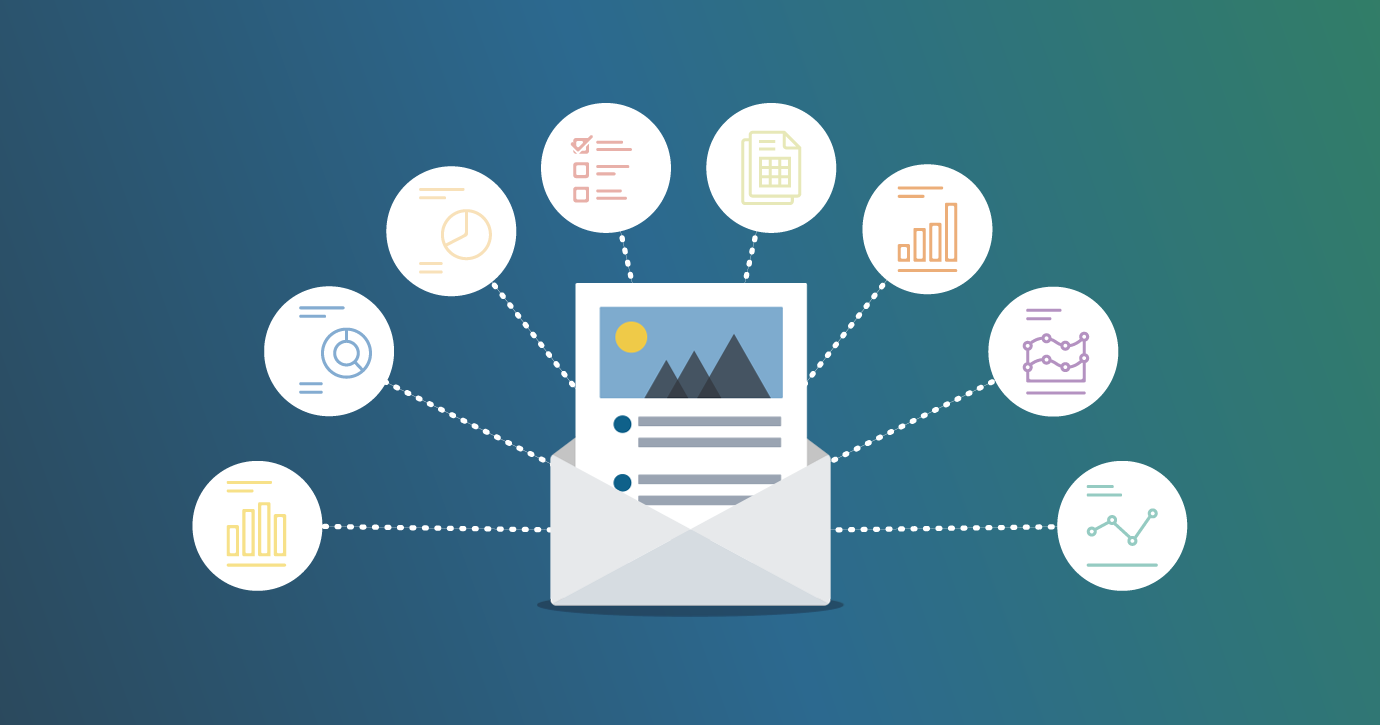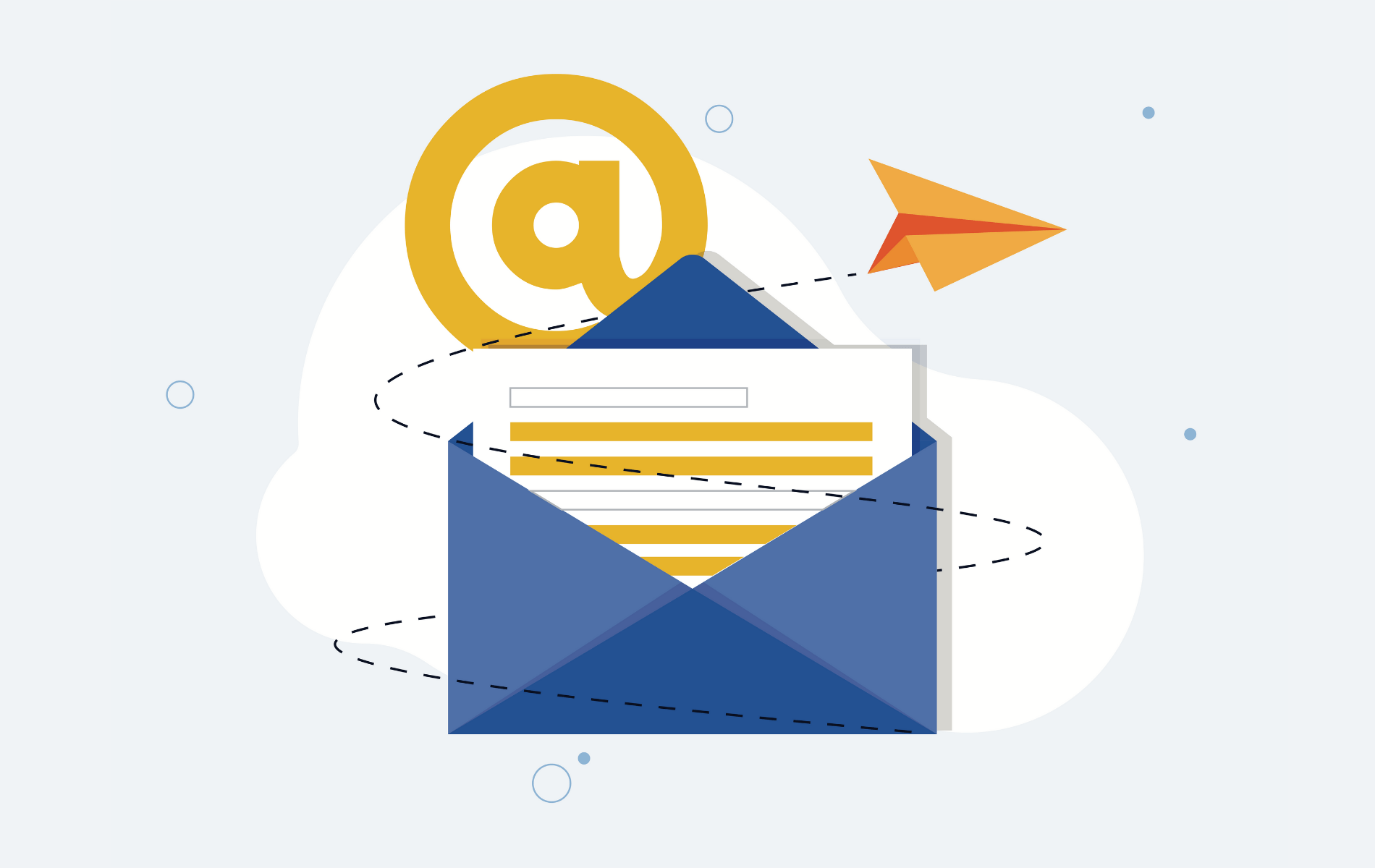How to Segment Your Email List for Maximum Impact
In the world of B2B digital marketing, email remains one of the most effective channels to engage your audience, nurture leads, and drive conversions. However, not all email campaigns are created equal. Sending the same email to your entire subscriber list may not yield the best results; to truly harness the power of email marketing, segmentation is key.
Segmenting your email list means separating your audience into distinct groups, so that you can target them with tailored content that specifically caters to their needs, likes and wants, ensuring that your emails are relevant, personalised, and impactful. The more tailored your campaigns, the higher the chances of converting your audience into customers and increasing your ROI.
Key segmentation strategies involve dividing your email list based on demographics, behaviour, purchase history, email engagement, geographic location, and additional factors such as customer lifecycle stage.
So, how do you segment your email list for maximum impact? Explore our top email segmentation strategies below:
- Demographic Segmentation
Demographic segmentation is one of the most effective ways to divide your business contact list. This approach involves categorising your target audience based on factors such as industry, company size, job function, seniority level, or geographical location. For instance, a software company might offer different solutions to small businesses versus enterprise clients, or tailor messaging based on the decision-making authority of the recipient, such as targeting an MD versus a department manager.
How to use it: When collecting leads through forms or surveys, request key demographic information such as industry, job title, or company size. Use these details to create segments and send relevant, targeted offers that resonate with each group.
- Behavioural Segmentation
Focusing on how your audience interacts with your brand already is another great way to segment your email list. It includes keeping track of customers’ past purchases, browsing history, email engagement, and how often they visit your website. By analysing these behaviours, you can send informed, targeted messages at times you know you audience is most likely to engage with your content.
For example, you could create a segment of customers who haven’t purchased in a while and send them a “We Miss You” email with a discount code. For those who often return to your site without buying, you could send them offers to encourage them to purchase.
How to use it: Leverage your email marketing platform’s analytics tools to track user behaviour and create segments based on their activity.
- Purchase History Segmentation
For e-commerce businesses, purchase history is a goldmine for segmentation. You can group customers based on their buying behaviour, such as:
- First-time buyers
- Repeat buyers
- High-spending buyers
- Customers who haven’t purchased in a while
By targeting these groups, you can send personalised messages that cater to their specific needs. For example, offer first-time buyers a special discount on their first purchase or reward loyal customers with exclusive promotions.
How to use it: Integrate your email platform with your CRM or e-commerce system to segment customers based on their purchase history. Send relevant promotions or product recommendations based on past purchases.
- Email Engagement Segmentation
Segmenting based on email engagement allows you to identify members of your audience who regularly open and click on your emails versus those who are less engaged. With this information, you can create re-engagement campaigns for inactive subscribers or reward your most engaged audience with special offers.
For example, if your audience hasn't engaged with your emails in the past three months, you might want to try a different strategy. Consider sending a re-engagement email that includes a special offer or a survey to understand their preferences better, along with an option to confirm their continued interest in your mailing list.
How to use it: Most email marketing platforms allow you to track open rates, click-through rates, and other engagement metrics. Use this data to create separate segments for engaged and disengaged subscribers.
- Geographic Segmentation
It might sound obvious but it’s always good to remember that if your business operates in multiple regions, making sure your emails are tailored to each location's time zone, language, and cultural preferences can significantly improve engagement and relevance with your audience. You can send location-specific offers, promote events and holidays happening in the recipient’s area, or adjust the messaging based on cultural differences.
For example, a supplier of commercial kitchen equipment might promote different products to restaurant chains based on the size and location of each restaurant. Alternatively, a global logistics company could provide tailored shipping solutions to retailers based on the specific shipping needs and regulations in each country they operate in.
How to use it: Collect geographic data during signup or through tracking IP addresses, and create segments based on city, state, or country.
Email segmentation is a powerful tool that allows you to send targeted, relevant, and personalised content to your subscribers. Building connections with customers is vital when it comes to B2B business success; by providing tailored content that resonates with them personally you can enhance trust and foster long term relationships with loyal customers. Start small, experiment with different segments, and watch your email marketing results soar!
For more information on segmenting your email subscriber lists, or launching an impactful email marketing campaign, get in touch with our team of experts here: https://acquirz.co.uk/contact

 By
By

